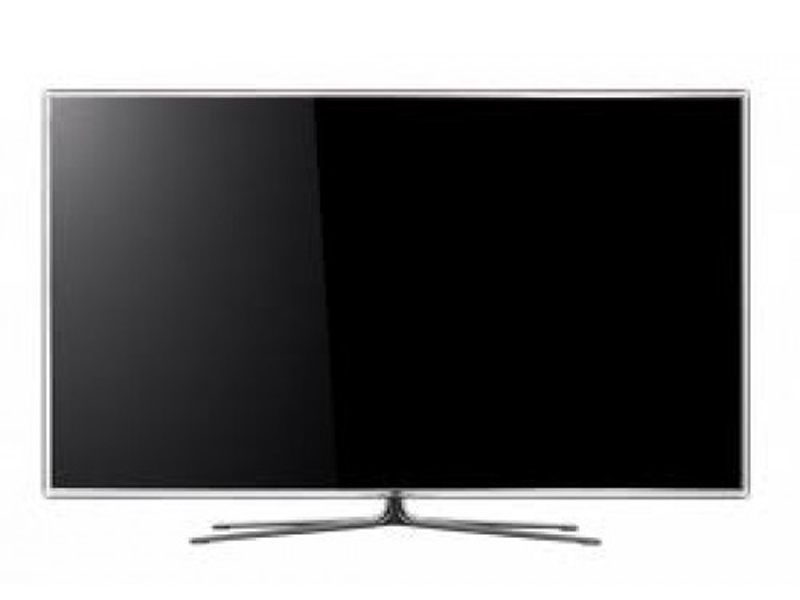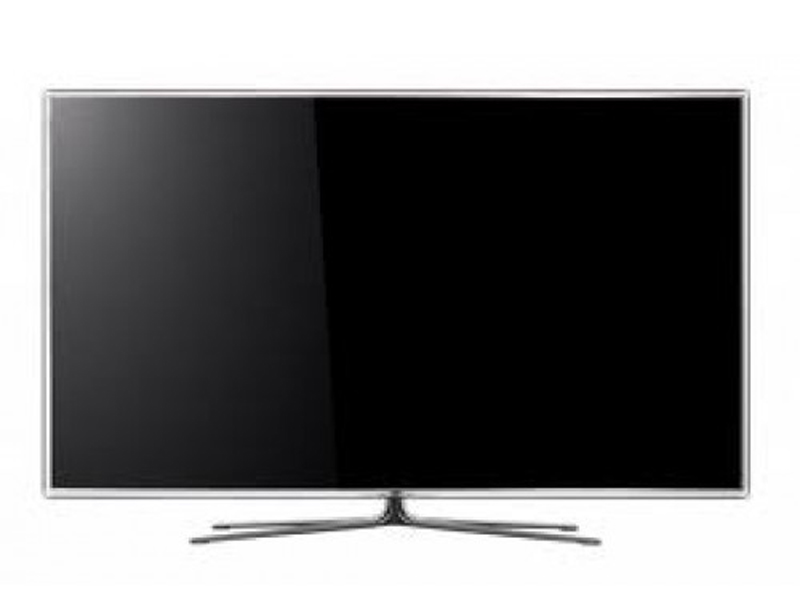Why you can trust TechRadar

Images are phenomenally punchy and dynamic, with edge LED's talents for brightness and rich colour saturations used to maxium impact.
For a really convincing all-round image, you need a good black level response and it's here that the UE46D7000 really makes its mark with black levels that are outstanding by edge LED – and CCFL – standards.
What's even more impressive about this is the fact that the black level remains quite consistent right across the screen. There are some minor bits of extra brightness in the image's corners – more so than there were on the 55D8000 – but they're so muted and infrequent as to be insignificant.
More good news concerns the tone and subtlety of the 46D7000's colours. After a little calibration, the set combines its exceptional vibrancy with a superbly expansive palette complete with outstandingly refined blends.
Skin tones, in particular, are much improved over anything seen from Samsung before on an LCD TV.
Hi-def footage is jaw-droppingly detailed. Without any of the set's sharpness-boosting processors in action (you should turn them off, as they can make images look unnecessarily noisy) the purity and snap of HD pictures is a sight to behold.
Not that it only looks good with HD, though: it's also unusually capable when it comes to upscaling standard-definition images, making all but the poorest quality sources look detailed and crisp while also ensuring that neither MPEG nor other source noise are emphasised.
Contributing to the overwhelming sense of sharpness of the UE46D7000's images is the set's excellent motion handling. Samsung's improvements in this area have been steady but constant over the past two or three years and its clear that the Korean brand is getting a real handle on how to keep the native response time of its LCD screens low. The motion processing also seems marginally improved, compared to last year's models, provided you're careful how and when you employ it.
The UE46D7000's general picture improvements extend to its 3D playback. A selection of material, from Liverpool vs Man Utd football match on Sky through to Monsters Vs Aliens and Avatar on Blu-ray, all looked way better than on Samsung's 2010 3D models. In fact, 3D sources look better than on any other LCD TV seen to date.
The reduction in brightness and colour intensity caused by popping on Samsung's Bluetooth-driven 3D glasses is startlingly slight compared with the hefty drop-off in these areas witnessed with recent Sony LCD and Panasonic plasma 3D sets.
This improved brightness and colour response delivers a greater sense of depth, space and detail to full HD 3D sources, too. So much so that the 46D7000's 3D images really do live up to the notion that they're ushering in a new generation.
For all their stunning impact and striking quality, though, the 46D7000's pictures aren't quite perfect. For a start, contrast and colour saturations drop off markedly if you have to watch the screen from an angle of much more than around 30°. Next, 3D pictures still suffer from traces of crosstalk, though it must be stressed that this is far less prevalent than on Samsung's previous screen generations.
Indeed, the set suffers from less crosstalk than any other LCD 3D TV yet, to the point where untrained eyes may struggle to notice it at all. It's just the 3D plasma models out there that still have the edge where crosstalk is concerned.
Another very faint issue – with 2D as well as 3D pictures – is a tiny reduction in brightness over the central third of the picture, but this only appears where you have a 'wash' of a single colour over most of the screen, and is in any case so subtle that it's hardly worth mentioning.
Current page: Samsung UE46D7000: Picture quality
Prev Page Samsung UE46D7000: Features Next Page Samsung UE46D7000: Sound, value and ease of useJohn has been writing about home entertainment technology for more than two decades - an especially impressive feat considering he still claims to only be 35 years old (yeah, right). In that time he’s reviewed hundreds if not thousands of TVs, projectors and speakers, and spent frankly far too long sitting by himself in a dark room.

